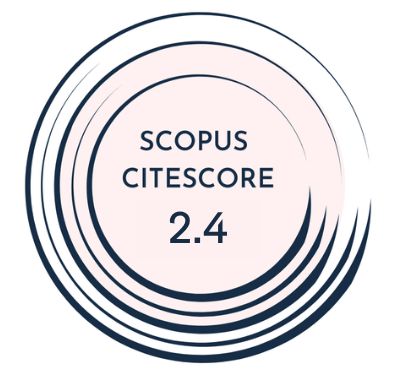Objective: This study aimed to evaluate the different characteristics of Hashimoto thyroiditis (HT) in children and adolescents in euthyroid and hypothyroid phases.
Materials and Methods: This study was based on Preferred Reporting Items for Systematic Reviews and Meta-Analysis (PRISMA) 2020 guidelines. Literature search was conducted in 2024 with sources from MEDLINE, ScienceDirect, EBSCO-Host, ProQuest, and Google Scholar databases. Cohort, case-control, and cross-sectional studies that examined the evaluation of characteristics in children and adolescents diagnosed with HT both in euthyroid and hypothy roid phases were included. The key terms for the literature search were a combination of “clini cal,” “laboratory,” “characteristics,” “autoimmune thyroid,” “hashimoto thyroiditis,” “children,” and “adolescents.” The Newcastle-Ottawa Scale (NOS) was utilized for quality assessment of the included studies and Review Manager (RevMan) 5.4 (The Cochrane Collaboration; London, United Kingdom) to perform the meta-analysis.
Results: The hypothyroid phase was significantly younger (mean difference = −0.67 years; 95% CI: −1.29, −0.04; P = .04) and showed higher rates of constipation (risk ratio [RR] = 3.76; 95% CI: 1.96-7.21; P < .0001) and weight gain (RR = 2.94; 95% CI: 1.46-5.90; P = .002). Laboratory find ings showed significantly elevated thyroid-stimulating hormone (TSH) (P = .0001), lower free thyroxine (FT4) (P = .0001), and higher thyroid peroxidase antibodies (TPOAbs) (P = .05). No significant differences were observed in sex, BMI (body mass index), or other clinical outcomes.
Conclusion: The hypothyroid phase exhibited younger age, higher rates of constipation and weight gain, and distinct laboratory profiles compared to the euthyroid phase.
Cite this article as: Oktaviana M, Chandra K, Widjanarko ND. Evaluation of characteristics in children and adolescents with hashimoto thyroiditis in euthyroid and hypothyroid phases: A systematic review and meta analysis. Turk Arch Pediatr. Published online November 20, 2025. doi:10.5152/TurkArchPediatr.2025.25054.



.png)


.jpg)